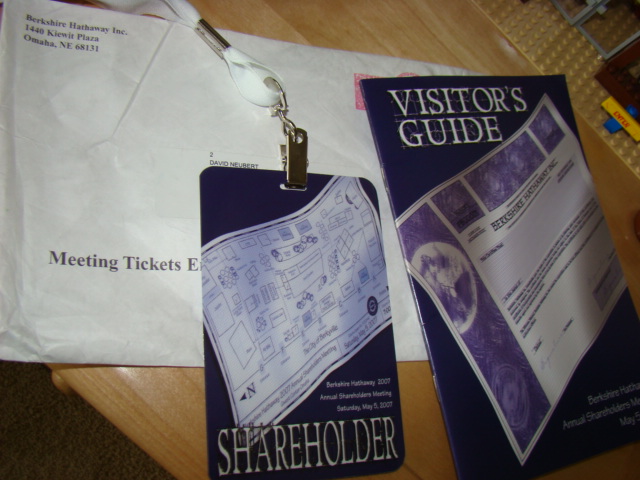Organisational risk management (ORM) is the new hotness in the sustainability field. It is receiving increasing attention, as SAP’s Jeremiah Stone mentioned when I talked to him at SAP’s Sapphire/TechEd event last week. One assumes that it is receiving this increasing attention at least partly because that’s where the customer dollar is focussed right now.
What exactly is ORM? Organizational risk management is “risk management at the strategic level” according to the Software Engineering Institute – think of it as kind an amalgam of the traditional Environment, Health and Safety (EH&S) and Governance, Risk and Compliance (GRC) sectors.
How do these fit into the sustainability agenda? Well, risk mitigation is all about reducing the risks of an adverse event occurring – one that either hurts people or the company reputation (or often both!). It does this by mandating procedures and processes with verifiable sign-offs. It also does this by scheduling maintenance and raising alerts when equipment goes out of tolerance. This properly scheduled maintenance of machinery will ensure it not only runs safer, but often will also mean it stays more fuel efficient. This can mean significant energy savings in organisations which use a lot of power.
While at SAP’s TechEd/Sapphire last week I spoke with Edwin Heene, who works with ArcelorMittal and is responsible for the rollout of their ORM software solution. I had a quick chat with him to camera about the project and why ArcelorMittal embarked on it.
Here’s a transcript of our conversation:
Tom Raftery: Hi, everyone welcome to GreenMonk TV. We are at the SAP Sapphire event in Madrid, and with me I have Edwin Heene from ArcelorMittal. Edwin you have been involved in the organizational risk management project rollout or are involved in at the moment for ArcelorMittal. Can you tell us a little bit about that?
Edwin Heene: So in ArcelorMittal Flat Carbon Europe we are doing a global organizational standardization project in maintenance, that including also the safety processes and this is something that we do in several countries namely eight countries in Flat Carbon Europe.
Tom Raftery: So maybe we should give it a bit of context first. Who are ArcelorMittal? You are a large steel company, but could you just give us a little bit of background about the company first?
Edwin Heene: ArcelorMittal is the largest steel producing company in the world doing — covering about 6% of the annual year production. Has a number of employees about 260,000 in 2010. And presence in Flat Carbon Europe because that?s the sector where — segment where I work in. It is covering eight different countries, and we have about 35 locations in Flat Carbon Europe.
Tom Raftery: Okay, so as I mentioned in the start you are in the middle of this organizational risk management software rollout, can you talk to us a little bit about that?
Edwin Heene: So this system we — in 2008 we selected the fact the solution has update to the support us with this harmonization and there we found out that there was a good supporting tool for operational risk management and safety processes namely the solution was PWCM –Work Clearance Management solution.
Tom Raftery: Okay, and you brought SAP in to help you in a kind of collaborative role in developing the application for yourselves.
Edwin Heene: Yeah, because in Flat Carbon Europe we had already a number of plans that are on good level of safety and managing the safety risks and so on in the operational part with some legacy systems, with a decision to go to one common system, the SAP system, we have to convince the other people with, which have already a good supporting IT tool to move over to SAP.
And therefore we found out that there were some lags still in the supporting SAP PWCM solution. So we had a number of meetings with Jeremiah Stone from SAP who is leading co-innovation programs in SAP and there we decided to, in order to close these gaps to provide these functionalities in standard SAP environment to step in a co-innovation program with SAP.
Tom Raftery: Okay and why roll it out — what was the reason behind the rollout of the application?
Edwin Heene: The reason behind the harmonization and standardization program in Flat Carbon Europe is first of all to improve the maintenance processes in effect implementing all the best practices that we have in several plants and you have a best practice in every single plant to absorb that in one common model, one common business model and implement that in all different plants. Throughout this implementation of best practices you have business results, operational results in every single plant. Benefiting of being in a large group and learning from each other, learning from the best practice from another group.
Tom Raftery: Excellent, Edwin that?s been great, thanks a million.
Edwin Heene: Thank you.

